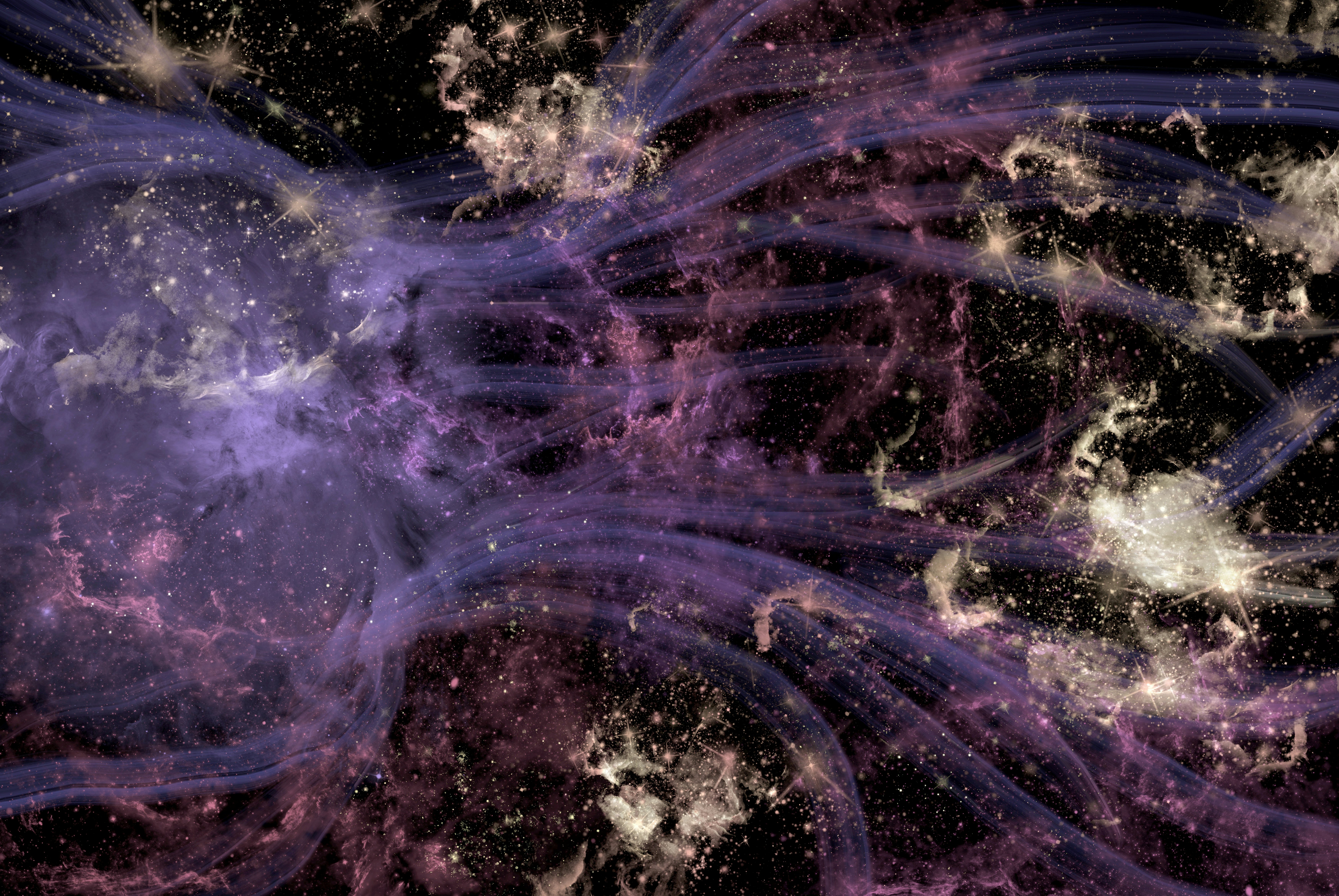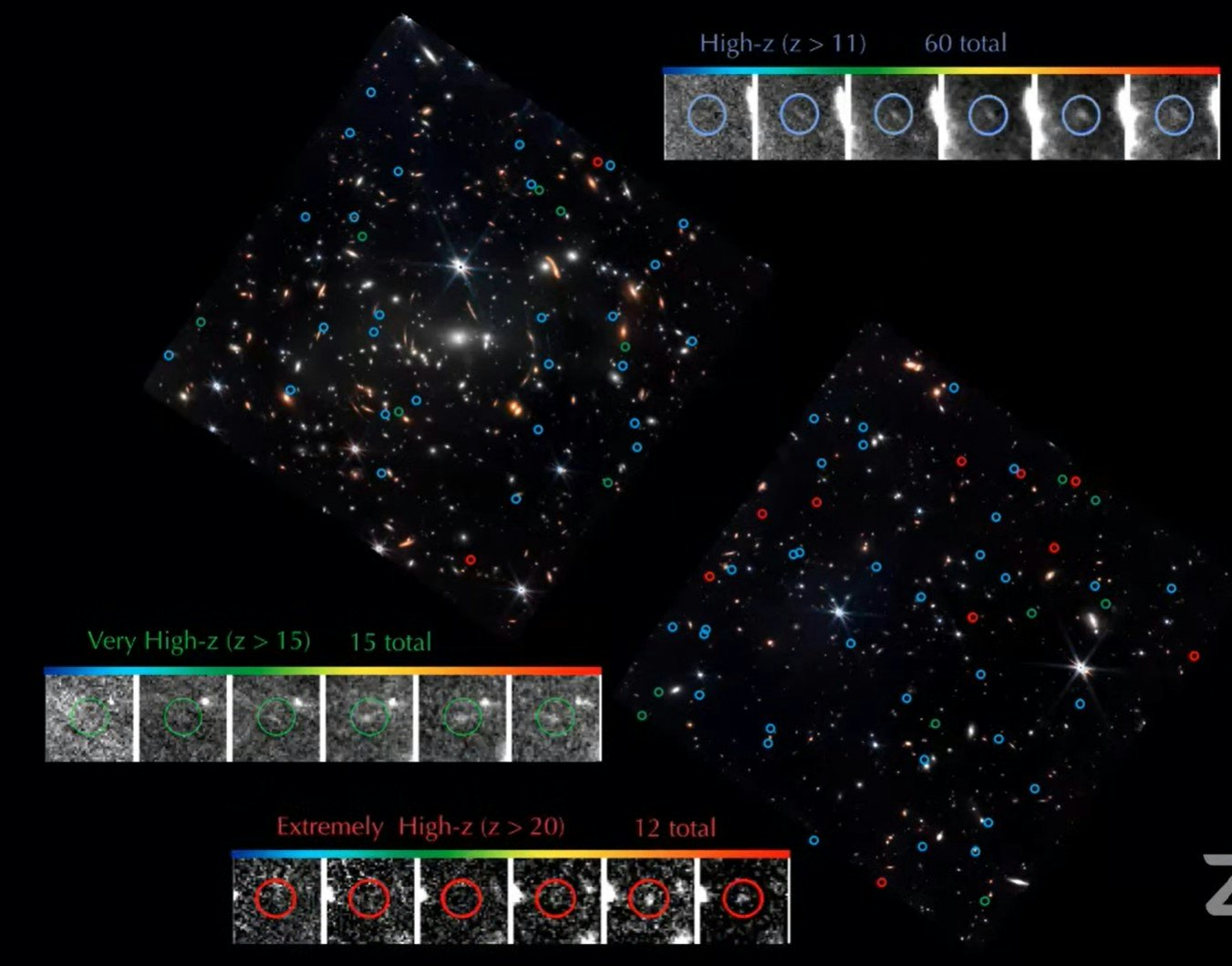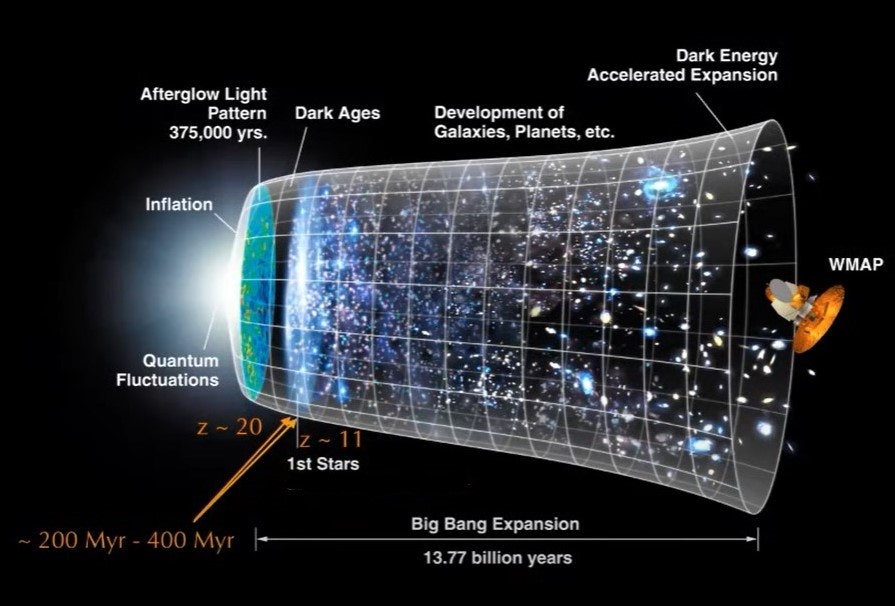
Littered throughout a single James Webb Space Telescope (JWST) snapshot of the distant Universe is a cornucopia of potentially ancient galaxies. And if any are confirmed to be as old as scientists suspect, it could change the existing picture of how the Universe became what it is today.
In a recent study published in the Astrophysical Journal Letters, observational astronomer Haojing Yan from the University of Missouri led a team of astronomers to peer into an image of the region around the massive galaxy cluster SMACS 0723-73. The James Webb Space Telescope (JWST) had pointed its primary imager, the highly-sensitive Near-Infrared Camera (NIRCam), into this cosmic corner back on June 7, 2022, a month before the world beheld the telescope’s stunning images for the first time. The observatory has already delivered a plethora of exciting sights and science. Yan argues JWST has only just begun.
“Pretty much everyone expected” JWST to find galaxies as far away and as old as these new candidates, Yan told an audience at the 241st Meeting of the American Astronomical Society (AAS) in Seattle on Monday. “But almost no one, I’ll say, probably except myself [and] very few people, actually expected JWST would find so many candidate galaxies … within just one shot. This is just one shot.”

What they did — Light is a special tool — it has a finite speed. As Yan explains in a University of Missouri announcement of the study, light from the Sun takes eight minutes to reach us; it’s not instant. So scientists know that light takes longer to reach Earth if the stars emanating the light are farther away.
Researchers also know that the Universe is accelerating outwards. So the further away the object is, the more its light has stretched. This is called redshift. And the degree of redshift tells how far away something is. Since light takes a finite amount of time to reach Earth — which is used to measure cosmic distances in light-years — really old objects have higher redshift.
Using JWST’s NIRCam, Yan’s team found 87 spots with redshifts were higher than 11. In fact, some could have it as high as 20. This corresponds to a period somewhere around 200 million to 400 million years after the Big Bang.
“Combining all this, high redshift [and] high light-traveling time, means a young Universe,” Yan said on Monday.

Why it matters — If any of the 87 candidates from Yan’s study are confirmed to be ancient galaxies with a redshift higher than 11, Yan says a rework of the history of the Universe would be necessary.
Should they turn out to be galaxies, they might be only 200 to 400 million years old. For further reference, the Universe is 13.77 billion years old.
“Even if a small fraction of those candidate galaxies turn out to be really at a redshift larger than 11, then our previously favored picture of galaxy formation of the Universe must be reversed,” Yan said. Previous estimates suggested that there shouldn’t be this many galaxies at that point in time.
In addition to the exciting possibility that these are the oldest observed galaxies, the findings show that JWST is truly a next-generation telescope, exceeding Hubble’s observation limits.
“I need to emphasize that this is pretty much the first and largest sample of candidate galaxies with redshift larger than 11, which is beyond the reach of the Hubble Space Telescope,” Yan said.
What’s next — In the paper, Yan and his team emphasized that the 87 are “only candidates” at this point.
And at the AAS Meeting, Yan said he “wouldn’t be surprised” if some of these 87 turned out to actually be interlopers much closer to Earth, with redshifts actually lower than 11.
Yan said on Monday that another tool, called spectroscopy, will be necessary to confirm these candidates.
“It is critical to obtain JWST spectroscopy on at least a subset of such candidates so that our future exploration of the high-[redshift] Universe can be put onto a solid footing,” the study authors write.







